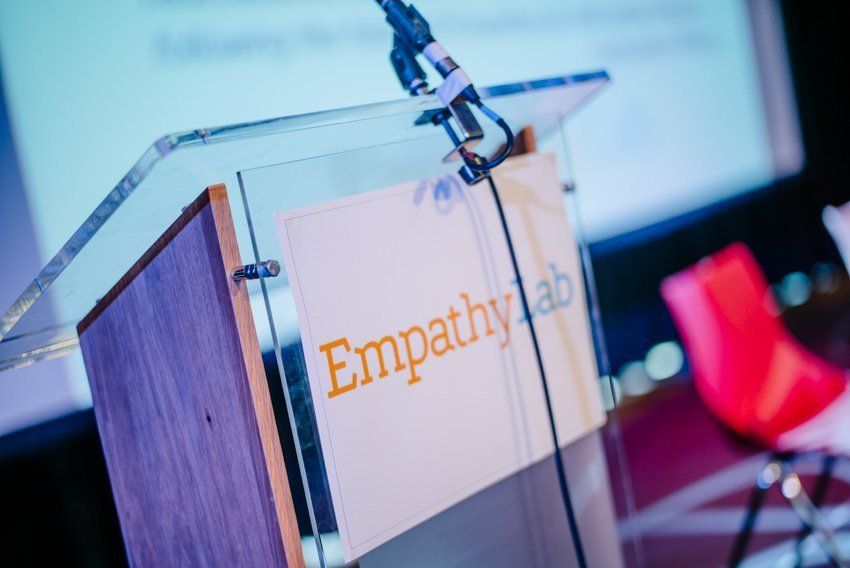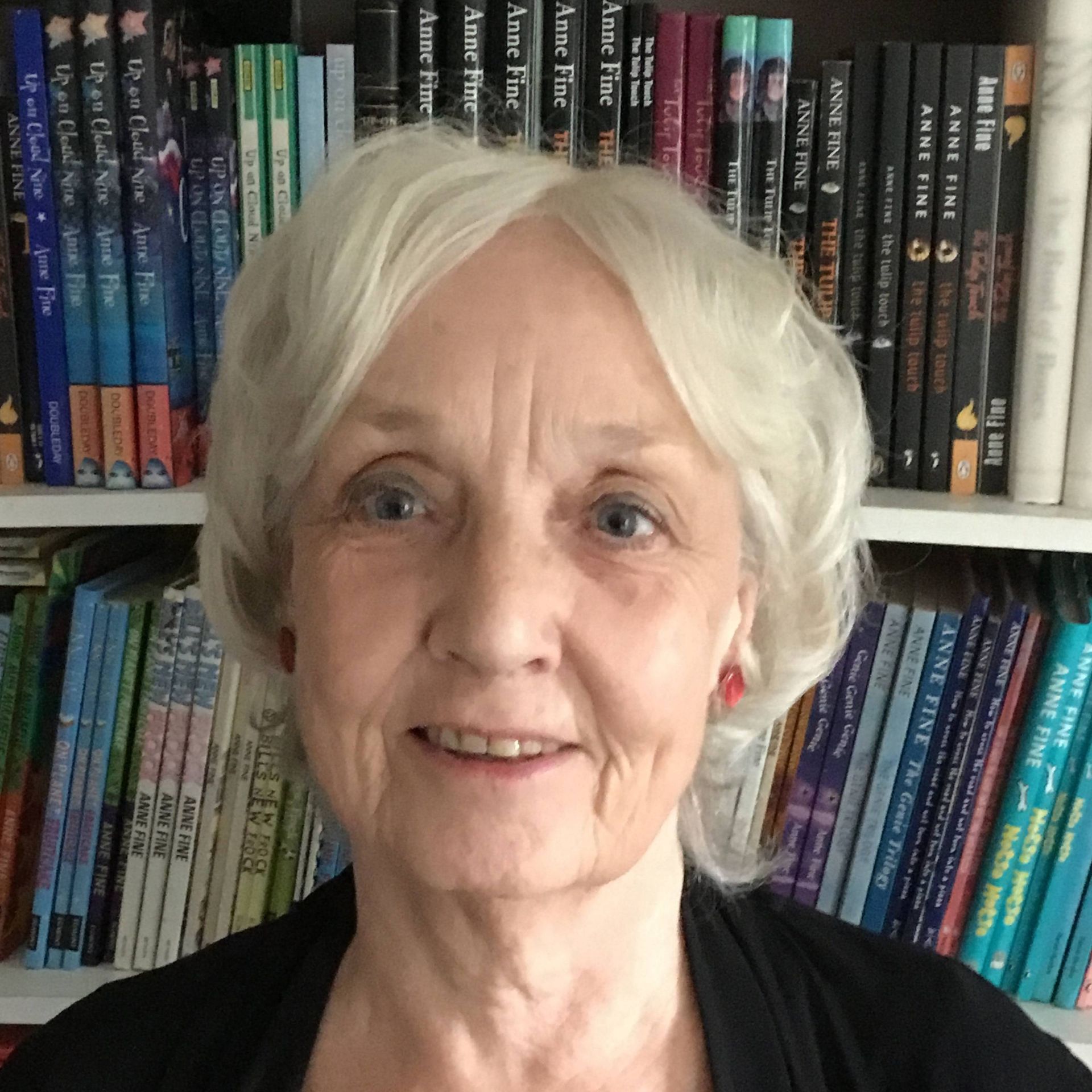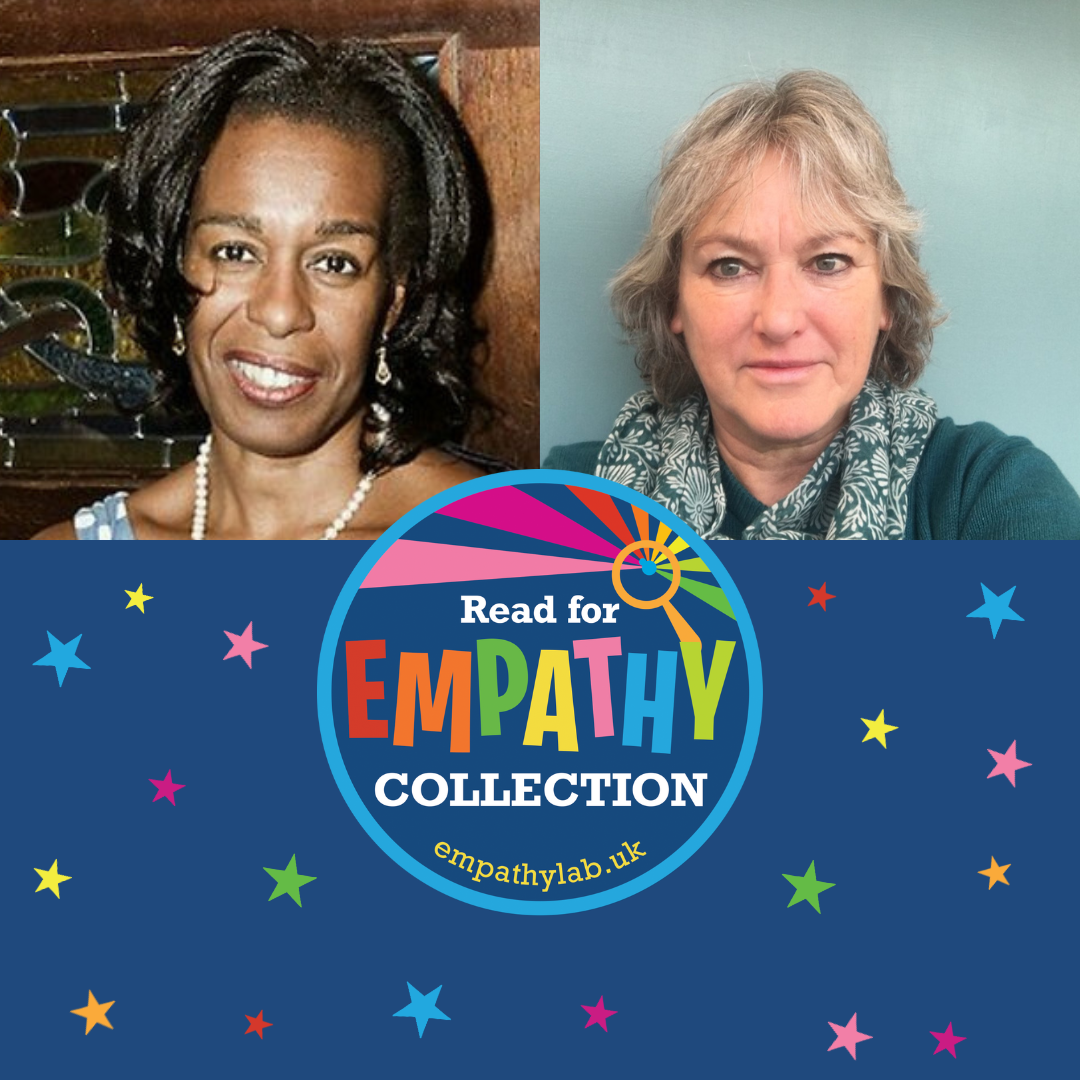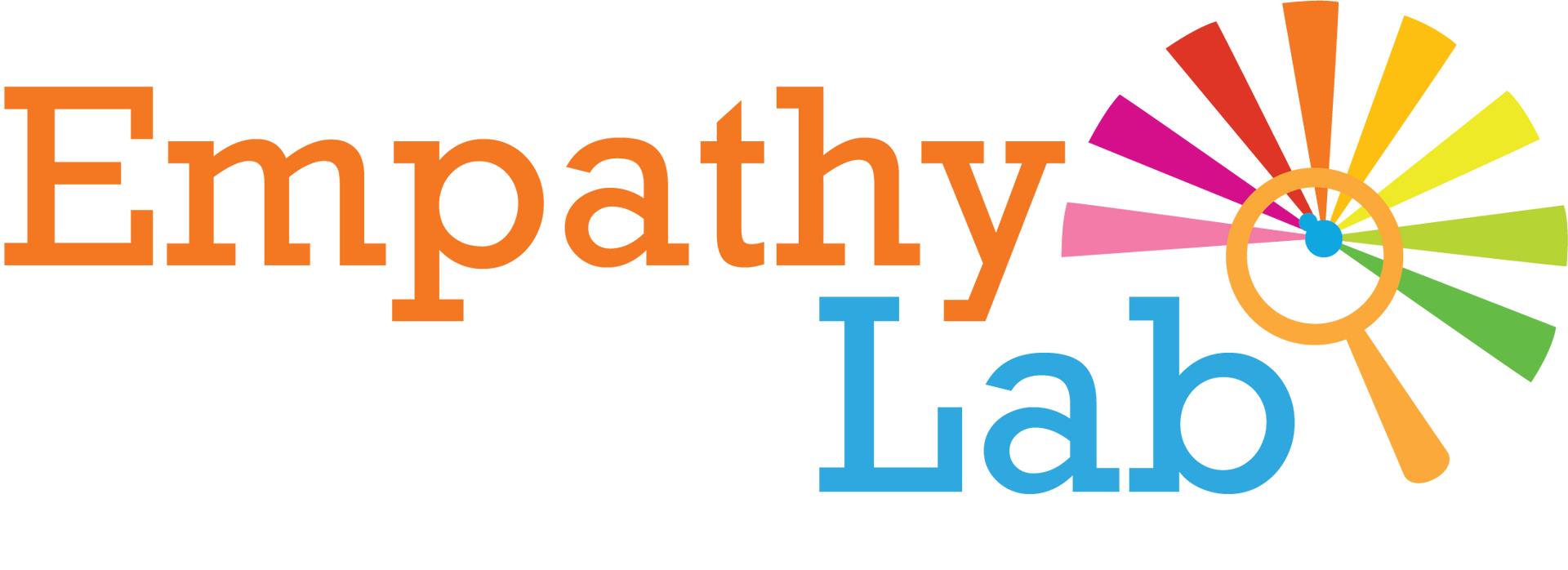EMPATHY IS AN INHERENTLY CREATIVE MECHANISM
- By EmpathyLab
- •
- 31 Jan, 2017
- •

My attendance at EmpathyLab’s Think In at the South Bank Centre was entirely serendipitous; I had checked the venue website about another event, but the word ‘empathy’ caught my eye. My immediate response was ‘I’ve got to go to this’. And so, I did….and so glad I did! To be surrounded by a group of such experienced and socially engaged individuals felt like a masterclass in how to change the world. The opening talks by Roman Krznaric and Sue Palmer were inspiring and insightful, followed by group work that was stimulating and thought-provoking.
In recent years, I have developed an increasing interest in empathy and compassion, becoming aware of such social activism as Karen Armstrong’s Charter for Compassion campaign and Krznaric’s groundbreaking work on empathy, including the concept of outrospection. It is heartening to witness this growing awareness of otherness, although perhaps not surprising when considered within the context of an increasingly individualized society.
Unlike most Think In participants, I do not have a professional background in work with children or storytelling, but do have a strong interest in psychosocial research. In addition, my experience of developing listening skills within a student counselling triad offered a new, deeper perspective of empathy. This highly focused process challenged and altered my understanding of it, as I became more aware of subtle aspects previously not appreciated; this included the fact that empathy is essentially an embodied mode of being, rather than merely a frame of mind, and that my capacity for it was dependent upon my overall state, such as whether or not I was feeling tired. Likewise, my journey along the spiritual path of Yoga during the last six years has fuelled my commitment to developing greater empathic understanding of others. When everything is fine and dandy, this has felt relatively easy. However, negotiating life’s inevitable vicissitudes, both great and small, has highlighted the real challenges involved in maintaining an open heart and mind at all times. I fail frequently, but try constantly.
The prospect of increasing empathy amongst children through storytelling feels at once logical yet radical, simple yet complex. Empathy is an inherently creative mechanism. Like forgiveness and gratitude, it implies movement and the capacity to traverse a gap from one’s felt experience to one’s thoughts, including from self to other; finding the familiar in the foreign. Storytelling, therefore, makes perfect sense as a means by which to facilitate and foster these psychic leaps, in this case, into imaginary worlds. Is there a link between the mechanism of building relational bridges through empathy and losing oneself in books with other processes of self transcendence and escapism, such as digital virtuality, alcohol, drugs, and religious or spiritual worship, I wonder? If so, could this be relevant to EmpathyLab’s research and development programme?
As social creatures, embedded within a relational matrix from birth, we have, as Krznaric identifies, both innate empathic and anti-empathic potentials. In turn, these are subject to external influences that support and challenge. From I-centric marketing slogans to rigid, non-dialogic political discourse and governments acting with impunity, we are habitually bombarded with powerful messages in support of individualized thinking that effectively oppose the discourse of otherness. At the Think In, the influence of capitalism was astutely noted. I wonder whether establishing key factors that enable empathy to exist and thrive, along with those that hamper it – empathic and anti-empathic influences – might be a fruitful exercise in creating a social map of its natural habitats.
EmpathyLab identifies, and aims to address, a social trend that is well documented, namely, that empathy amongst children is declining. It is clear this has real long-term implications. Empathy underpins all societal issues. A limited capacity to consider the other – from their perspective – leads to behavior and actions that negatively impact both current and future generations.
I am thrilled to have stumbled upon EmpathyLab’s unique vision, humbled by the passionate, talented individuals I have met so far and excited to be a (tiny) part of it through the writing of this piece. I look forward to the next event!
Find out about the Top Ten Messages from our Think In and our next steps.
Read the Think In crowd-sourced recommendations for books that helped you understand someone else better.
Join our network on LinkedIn – we’d love you to be part of the conversation.
Photo credit: Dan Chippendale

Why has the sheer importance of empathy come to the fore in recent years? Why do we care so much about a concept that had seemed to be left to itself for so long?
Perhaps because there has been so much change and upheaval for our young people in recent years, leaving so many isolated from what we might term ‘real’ contact with others. Lockdown was for many a disaster. The proliferation of phones hasn’t helped. Financially stretched families are often starved of time that can be spent in casual, easy, contact with one another.
So gaining an understanding of others from fiction has become more and more important. Children have always learned from the books and stories they are offered. From the fairy tales, children who lived in an elemental world without luxuries or social safety nets learned the virtues that were so necessary back then to survival: courage, resourcefulness, endurance, quick wits, kindness to strangers.
Our own young people live more tightly under separate roofs, and we have seen the language of books change accordingly - to Mum, the babysitter, playgroup, park, baby sister, Dad’s girlfriend, the bully, happy, worried, sad. It’s the language of relationships and emotions now, and understanding and compassion liberate. They have become the twenty-first century equivalent of Hansel and Gretel’s pebbles gleaming in the moonlight to show the way out of the dark forest.
Frank Flanagan once said good writers “structure, explain and evaluate the experience of childhood and empower the child to come to terms with it. They enable the child to lead a full life."
How? Partly by quite unconsciously increasing self-knowledge and self-awareness. A young reader can’t help but see characters in books unconsciously as if in a mirror. "I'm not like that." "I worry about that too." "I would have been braver”, “slower to catch on”, “tempted to be more mean”. And when this sense comes of no longer being the only one in the world to have this problem, or to feel that way, the child not only comes to realise that they are not alone, but also to gather insights into how other people deal with the same worries or tackle the same problems. In short, they learn, vicariously, how other people tick.
We have so many young people who, it seems, sometimes as a result of their upbringing, often simply by nature, have somehow failed to acquire the tools to begin to think about their own situation. Through fiction they can often begin, safely, to explore the more subtle aspects of life around them - an insight into someone else's life. A child can share desk space with someone else all year and yet learn less about them than about a character in one short book that’s read to them at night. I try to show this in my novel On the Wall , where, over the school year, Finley’s quite exceptional gift for tranquillity and self-acceptance in an anxiety-inducing world causes one fellow pupil after another to look more deeply into themselves, and learn how to rebalance their own way of thinking to become, in the process, calmer, happier, or more accepting.
We all want, for our young people, peace of mind. An excellent start is to explore Lauren Child's wonderful 'Staring into Space' project: https://staringintospace.me/
Then, steep them in fiction. And where better to find the
best than at the EmpathyLab itself?
You can purchase Anne's book, On the Wall,
here

The collection consists of 65 books for 3-16 year olds, each chosen for its unique contribution in building young people’s empathy.
The primary collection for 3-11 year has 40 books; the secondary collection features 25 books for 12-16 year olds.

